
About Plants of Malaysia and Borneo
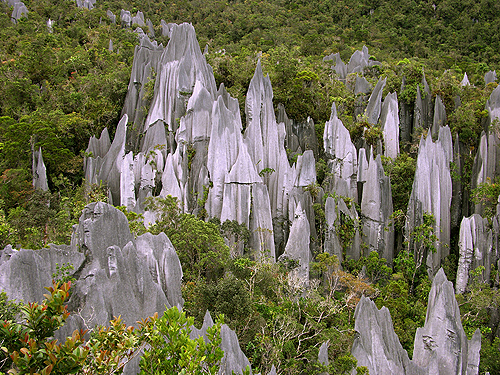
For millions of years while the rest of the world went through cooling and warming periods, the equatorial rainforests of Malaysia, Borneo and Sumatra have provided a warm and sheltered environment for plant and animal life. This geographic-zoological-botanical region was actually a single land mass during the last ice age when the sea level dropped 100 feet. Because the climate on the equator doesn't change much and the surrounding oceans provide plenty of moisture in the form of rain, the region’s forests have remained consistent over very long periods of time allowing for an unprecedented number of endemic species of plants and animals to evolve.
The highest amounts of rainfall in the world are found in this region, ranging from 2000 mm per year to 3500 mm. Rain generally falls evenly throughout the year with of course certain areas being exceptional and having seasonal variations. These seasonal variations in rainfall along with distinct types of topography, including peat swamps, limestone and granite terrain, have created very distinct vegetation zones. The highest mountain between the Himalayas and New Guinea, Mount Kinabalu at 4,095 meters in Sabah, is one of the most outstanding centers for plant diversity in the world. There is even an alpine zone at the top of this world heritage site.
My desire to travel to Malaysia and Borneo was first inspired by the book “The Malay Archipelago” written by Alfred Russel Wallace. This groundbreaking volume was first published in 1869 and described in great detail the natural history of the chain of islands that start at (and include) the Malay Peninsula and extend from Sumatra to the west to beyond New Guinea in the east. Wallace divided this Archipelago into five groups of islands. The group that he called the Indo-Malay Island was comprised of the Malay Peninsula and Singapore, Borneo, Sumatra, and Java. This section of the Tropical Designs website documents a few of the fascinating species of plants that I have seen as I traveled through this region in the countries of Peninsular Malaysia and the Malaysian states of Sarawak and Sabah on the island of Borneo.
The complex tropical ecosystems found in this equatorial region provide great insight into the study of tropical horticulture. Indeed, experiencing and understanding the native habitat of a particular species of plant (or animal) is a great step toward its successful cultivation and exhibition. For more information on Malaysia and Borneo please visit
www.MalaysiaFlora.com
Jeff Shimonski
2006
Photo Gallery
Click Photos to Enlarge
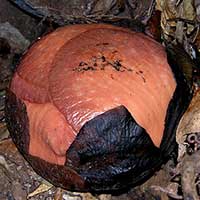 A soon to open bud of Rafflesia tuan-mudae in Gunung Gading, Sarawak, Malaysia. This is believed to be an endothermic flower, where heat is generated inside the flower to volatize chemicals to attract pollinators.
A soon to open bud of Rafflesia tuan-mudae in Gunung Gading, Sarawak, Malaysia. This is believed to be an endothermic flower, where heat is generated inside the flower to volatize chemicals to attract pollinators.



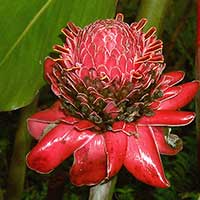
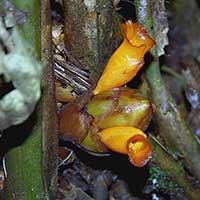
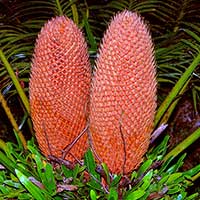
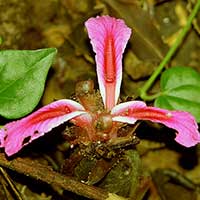
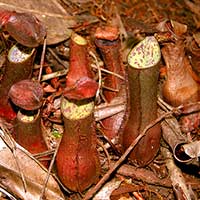
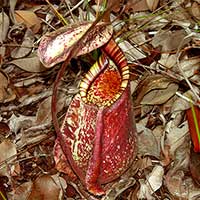
 About Plants of Malaysia & Borneo
About Plants of Malaysia & Borneo The Gingers of Kinabalu Park in Sabah, Malaysian Borneo
The Gingers of Kinabalu Park in Sabah, Malaysian Borneo Nepenthes rajah from Mt. Kinabalu, Sabah, Malaysia
Nepenthes rajah from Mt. Kinabalu, Sabah, Malaysia The Gingers of Peninsular Malaysia
The Gingers of Peninsular Malaysia